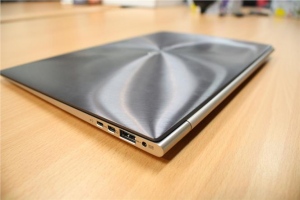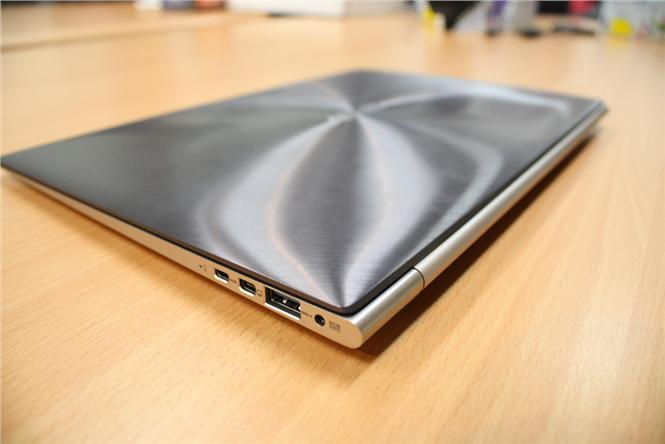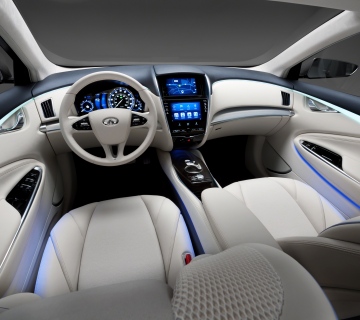The ultrabook claims to be the PC’s answer to the MacBook Air, a sleek and lightweight category of laptop. If you’re looking to replace an existing laptop with something more current, review the specs of each category to decide whether an ultrabook or a laptop is more appropriate for you.

Battery life
The average for ultrabooks is about five hours of use with a fully charged battery. As you use the laptop away from home, the battery life will shorten. For standard-issue laptops, the battery life has a far wider range, of anywhere from one hour to 10 hours. A con for ultrabooks is that batteries are encased and therefore not changeable, while standard PC batteries may be removed and refreshed.
Screen quality
Laptop screen range anywhere from 13 to 18 inches, with wider screens typically leading to a heavier laptop body. Ultrabooks go as low as 11.6 inches and top out at about 16 inches. Screen resolution is one of the more notable variables across different makes and models. Some of the ultrabooks have a resolution of 1920 x 1080, with over 150 pixels per square inch. However, these souped-up screen displays come with a heftier price tag, so don’t assume a bottom-line ultrabook or laptop will offer equal screen clarity.
Audio quality
This is largely a matter of “you get what you pay for.” You may find a high-end ultra with Bang & Olufsen speakers, like the ASUS model, but you can find those on a laptop too. The only way to compare audio is to do your homework- try out models and compare spec lists.
Ports
You will have to get up close to check the ports on specific models of laptops. The average laptop will have USB, firewire, ethernet, memory card and headphone ports. On ultrabooks, the ports tend to be smaller since there is less space, and models may not have all of the ports of a comparable laptop. Ports that may be absent from ultrabooks include SD cards, ethernet, HDMI and VGA.
Graphics
The integrated graphics on most ultrabooks are fine for websites and movies, but may not be fast enough for hardcore games If gaming is your priority, you’re better off with a laptop that you can customize, graphically.
Thickness
The ultras are known for being sleek. They top out at 18 mm, 21 mm and 23 mm of thickness depending on screen size. If thinness is a deciding factor for you, go ultra.
Weight
Lightweight ultrabooks may weigh as little as 2 pounds and change, on up to 3 pounds, which is far lighter than a typical laptop. If you plan to carry the device around all day, this may be a primary consideration. By contrast, laptops typically weigh at least 4 pounds for a 13-inch screen size, and larger sizes are heavier still.
Cost
Expect ultrabooks to cost you around $1000, although some of the lower-end ones will run about $800. Compare this to laptops, which can cost up to $3,000 for high-end models and as little as $300 for low-end ones. To gain a true comparison, list out the features of each and do a price comparison of computer models that offer the same levels of features.
Before you commit to either category, do some research at laptop stores and get hands-on time with models you’re considering. Pay attention to the keyboard contours, speed and performance to narrow down your options and decide.
Joseph Parker loves technology and gaming. In his spare time he loves blogging, particularly for Sears and other brands he loves.
Picture Source: http://commons.wikimedia.org/wiki/File:Asus_ultrabook.jpg



